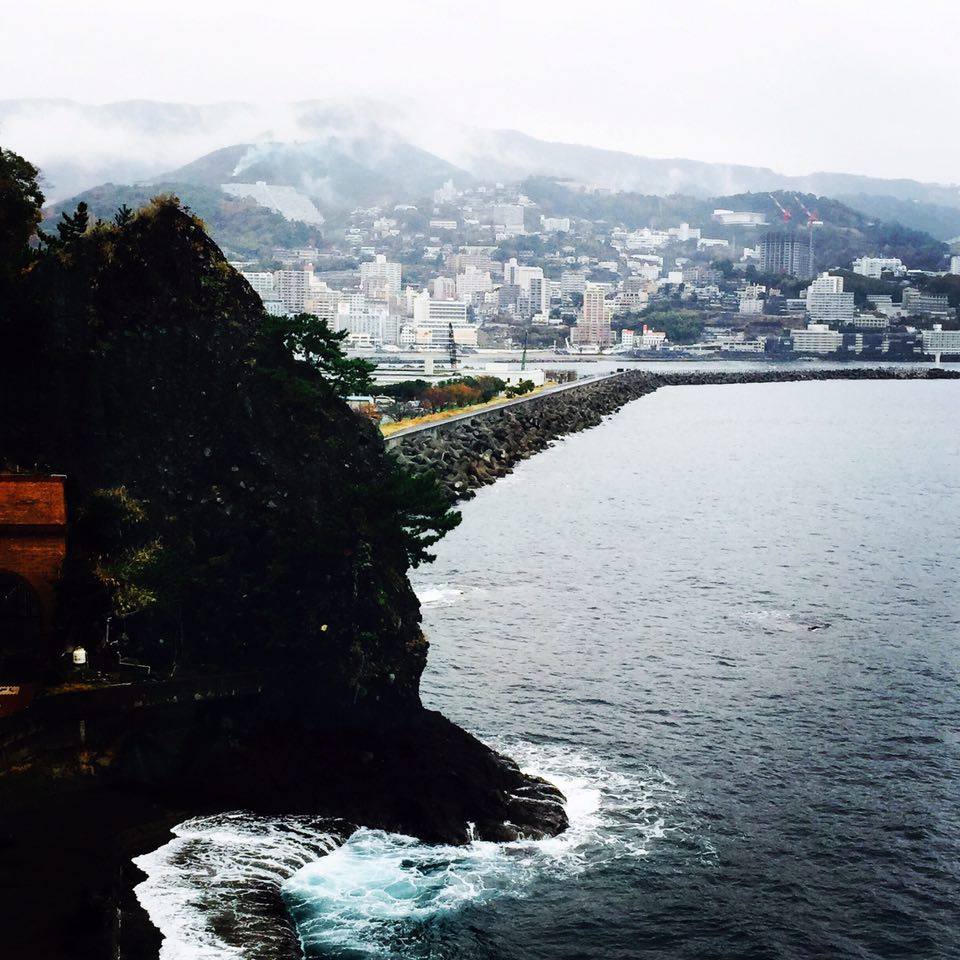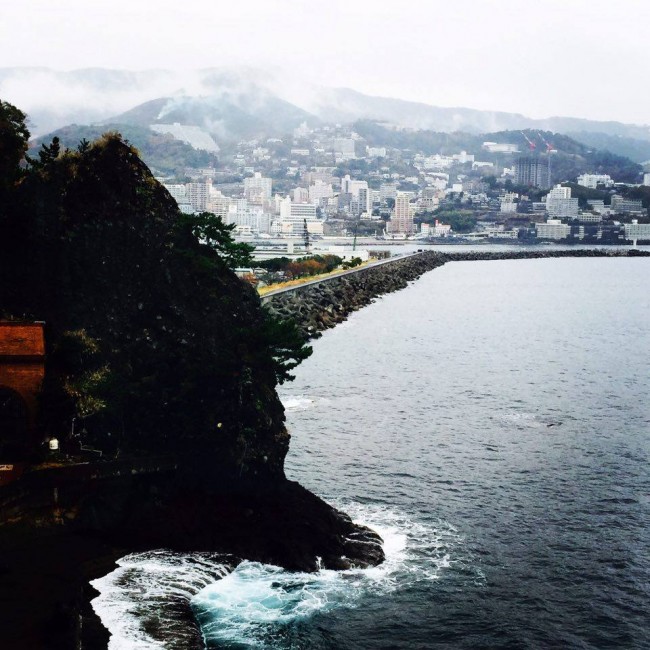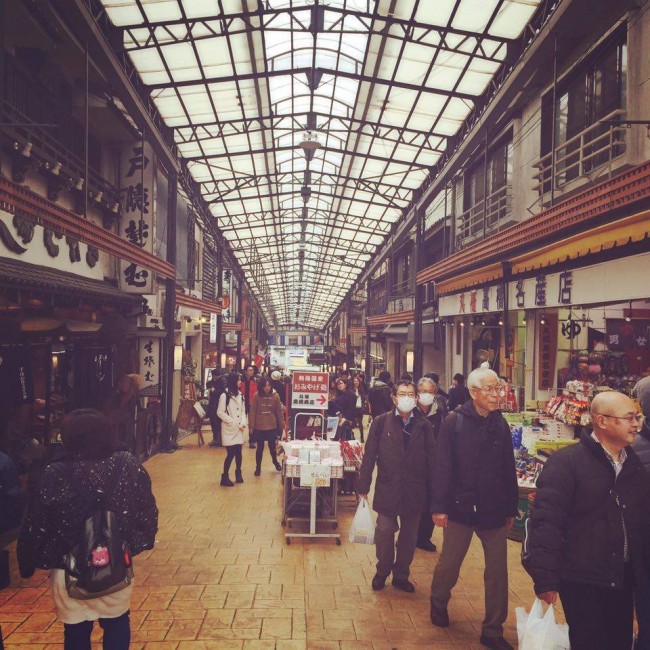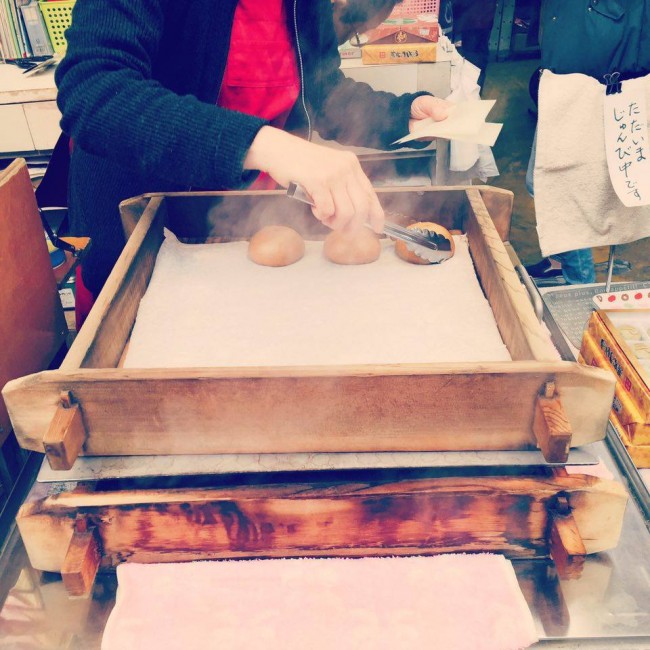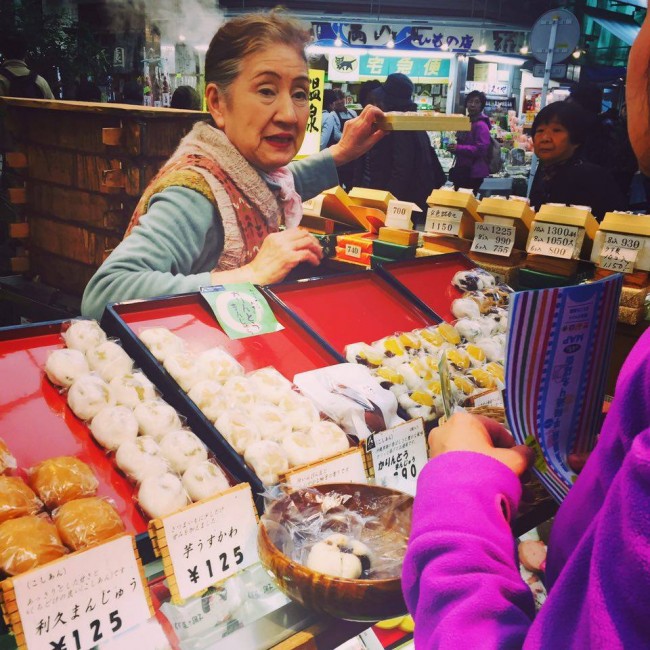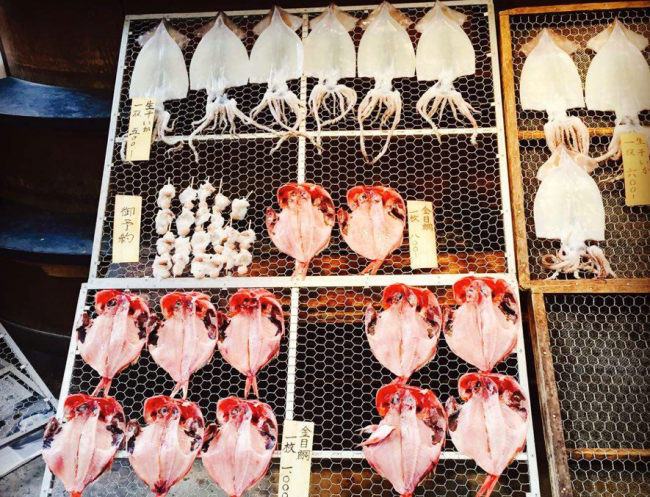When it comes to Tokyo, there are many things to do, including going to shrines or temples, eating sushi or ramen, shopping in Akihabara, and crossing the road at the Shibuya intersection. That’s all a lot of fun, but we recommend a Japanese hot-spring as a truly cultural experience. Japanese people like to go to hot-springs, not just to take a bath for their health and beauty, but also for communicating or a special occasion.
It might be awkward for you to be naked in the hot-spring public (of course genders are usually separated), but it’s about taking off everything that covers you and having a good conversation while taking a nice, hot bath. In a big bath, people will usually sit on a small chair for washing their body, where you’ll often see a mother washing the grandmother’s back, and at the same time see the daughter washing her mother’s back. Japanese people don’t usually hug or kiss, and their personal space tends to be a little bit wider in general, but they (especially between family) still care about each other and show their hospitality by washing. Which means, when you go to a hot spring, you’ll see Japanese culture itself.
You can take a train to try a hot-spring, but you might feel more convenient if it’s closer to Tokyo. You might even want to try some fresh fish (or enjoy local gastronomy) if you venture outside of Tokyo. In that case, Atami is a great solution!
Atami is located in the far eastern end of Shizuoka prefecture, along the coast. 熱海 ’Atami’ consists of the words (熱 ’hot’ + 海 ’sea’), and as the name suggests, it means ‘hot-spring produced by salty water’. Here it has a long history, having been a famous hot-spring resort area since the eighth century. During the Edo era Shogun Ieyasu Tokunaga adored the area, which contributed to its prosperity both culturally and commercially.
From Tokyo, it takes just 45 minutes by Shinkansen to arrive at Atami station, which is covered by the JR Rail Pass. If you don’t have the pass and would like to save money, you can take a normal train (Tokaido line) which takes about 1.5 hours from Shinagawa.
When you get off the train, in front of the station exit on your right side you’ll see a very nostalgic local shopping district called Shoten-gai. In fact, walking through Shoten-gai is one of the best things to do while in the hot-spring area! This is where we can take a look around, go shopping, and get to know the specialties of this area, taste fresh delights on site, all the while feeling the history, flow of time, and local’s ways of living in the area.
There are two famous shopping districts close to the station: ‘Nakamise Shotengai’ (仲見世商店街) and ‘Heiwa-dori Shotengai’ (平和通り商店街). There’s a wonderful downhill path that leads you to the ocean. Heiwa-dori Shotengai has almost 50 stores, including restaurants, cafes, sweet shops, and a number of souvenir shops.
Onsen Manjyu is great place to start when you come to the hot springs for the first time. Soft steamed buns filled with black bean paste are the specialty of the Onsen (hot-spring). It’s steamed by the hot spring mist, and since the mist is natural, this has made it a well-known attraction for people in Japan.
Manjyu can cost between 50 and 100 yen, so be sure to look around before you buy! You can enjoy checking out all the different stores while you search for your snack.
We strongly recommend this place for shopping: Rikyu, in Heiwa shopping district. They sell home-made ‘Usukawa Manjyu’ (thin skin buns) in a variety of flavors. In the back of this shop there’s a small kitchen where they make the manjyu. Having started Rikyu around 60 years ago, this family has protected their home-made recipes and helped enrich the history of this local shopping district. The grandmother (pictured) is in charge of the store and was nice enough to give us a small bite. They don’t even close on New Year’s Day, since they’ll feel sorry if tourists aren’t able to enjoy their experience in Atami. She was so kind!
Another delight of Atami’s local food would be Himono. Himono is sun-dried seafood, having had the moisture removed to preserve it. It’s the way that the Japanese enjoyed fish without refrigerators many years ago! We can see Tuna’s cheek, Squid, Horse mackerel, Shellfish etc. Some Himono shops help you bake it, so that you can taste it right away. It’s a great way of enjoying seafood thanks to the older generations sharing their knowledge.
[cft format=0]

